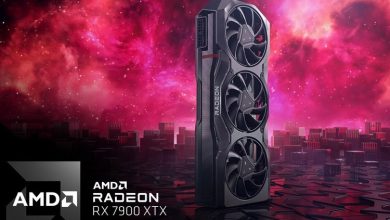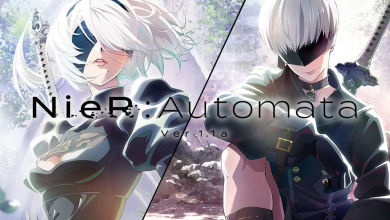Nvidia CEO Says Intel’s Test Chip Results For Next-Gen Process Are Good

Nvidia CEO Jensen Huang recently expressed his positive outlook on Intel’s test chip results for their next-generation process, indicating a potential leap forward for the semiconductor industry. The CEO’s remarks shed light on the ongoing competition between two technology giants and the significant advancements being made in chip development. With the potential for improved performance and efficiency, the collaboration between Intel and Nvidia promises to revolutionize the future of computing.
Nvidia’s Optimistic Outlook
Nvidia’s CEO, known for his insightful commentary on industry trends, shared his optimism regarding Intel’s test chip results. Huang praised the upcoming next-generation process, stating that the early benchmarks show impressive performance gains and enhanced power efficiency. This development could potentially shape the landscape of future computing, paving the way for faster, more advanced systems.
The Competition in the Semiconductor Industry
The competitive landscape within the semiconductor industry has been intensifying, with companies vying to outdo one another in terms of technological advancements. Nvidia, known for its graphics processing units (GPUs), has emerged as a leading player in the field, while Intel has been a dominant force in the central processing unit (CPU) market. With both companies making strides in their respective areas of expertise, their collaboration on next-generation processes has the potential to push the boundaries of innovation even further.
Implications for the Future of Computing
Intel’s next-generation process, if successful, could have far-reaching implications for the future of computing. The advancements in performance and efficiency could unlock new possibilities for artificial intelligence (AI), data analytics, and other computationally intensive applications. From autonomous vehicles to advanced scientific simulations, the improved chip technology could drive breakthroughs across various industries and revolutionize the way we interact with technology.
Collaboration and Synergy
The collaboration between Intel and Nvidia signifies the importance of partnership and synergy in the technology sector. By combining their expertise and resources, the two companies can leverage their respective strengths to create something greater than the sum of its parts. This collaboration highlights the potential for cross-industry cooperation, where companies with complementary skill sets can join forces to accelerate innovation and drive progress.
The Future of Moore’s Law
Moore’s Law, which states that the number of transistors on a chip doubles approximately every two years, has been the guiding principle for the semiconductor industry. However, as the complexity of chip manufacturing increases, it has become increasingly challenging to maintain this exponential growth. Intel’s next-generation process could provide a much-needed boost, pushing the boundaries of Moore’s Law and enabling continued progress in chip technology.
The Road Ahead
While Nvidia’s CEO expressed enthusiasm for Intel’s test chip results, it is important to note that these are still early stages of development. The journey from initial benchmarks to full-scale production is filled with challenges and hurdles that must be overcome. However, with the combined expertise and dedication of Intel and Nvidia, there is reason to believe that the future of chip technology is bright.
In conclusion, the positive feedback from Nvidia’s CEO regarding Intel’s test chip results for their next-generation process demonstrates the exciting advancements being made in the semiconductor industry. The potential for improved performance and efficiency opens up new possibilities for computing and paves the way for revolutionary breakthroughs. As Intel and Nvidia continue to collaborate and push the boundaries of innovation, the future of chip technology holds great promise for transforming the way we interact with and benefit from technology.




